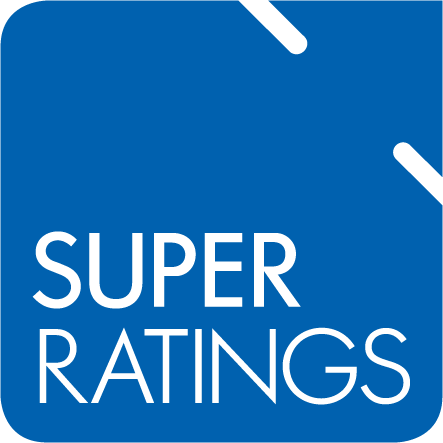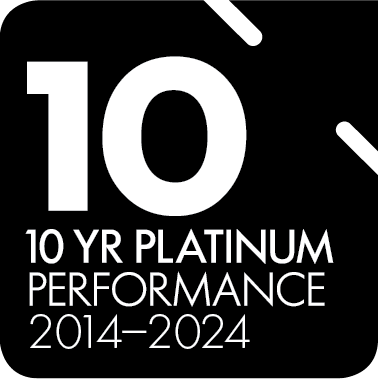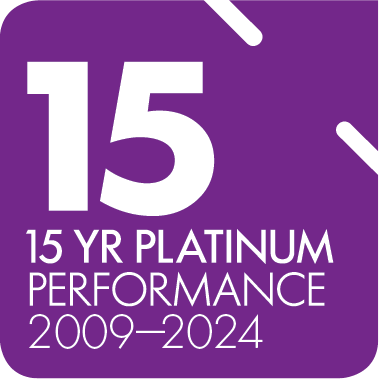You can make catch-up concessional contributions into your super using your unused concessional contributions cap amounts from previous years if:
- your total super balance is less than $500,000 on 30 June of the previous financial year, and
- you haven't used all your concessional contributions cap amounts that have accrued from 1 July 2018 onwards. You can carry forward up to five years of unused concessional contributions caps for use in a later financial year, but the rolled forward amounts expire after five years.
Let’s say your total super balance is $200,000 on 30 June 2025, and you haven’t made any concessional contributions in the past five financial years (from 2020/21 to 2024/25). This means you can carry forward the unused caps from each of those years and use them in 2025/26, as long as you're still eligible (i.e. your balance remains under $500,000 and you're under age 67 or meet the work test if over).
The concessional contribution caps for those years were:
- 2020/21: $25,000
- 2021/22: $27,500
- 2022/23: $27,500
- 2023/24: $27,500
- 2024/25: $30,000
Because you didn’t use any of these caps, the total amount of unused contributions you can carry forward into 2025/26 is $137,500.
In addition, in 2025/26 you can use that year’s standard concessional cap of $30,000 as well.
So, your total concessional contribution limit for 2025/26 would be:
$137,500 (carried forward) + $30,000 (current year’s cap) = $167,500
This is the maximum concessional contribution you can make in 2025/26 without exceeding the cap, assuming all other eligibility rules are met.
If you're aged 67 or over, the normal work test rules apply (see below).









